These Queer Artists Are Turning Creativity Into Rebellion
Fourth annual Kaleidoscope exhibit in Pontiac, Michigan features 104 works that refuse to let LGBTQ+ voices be silenced
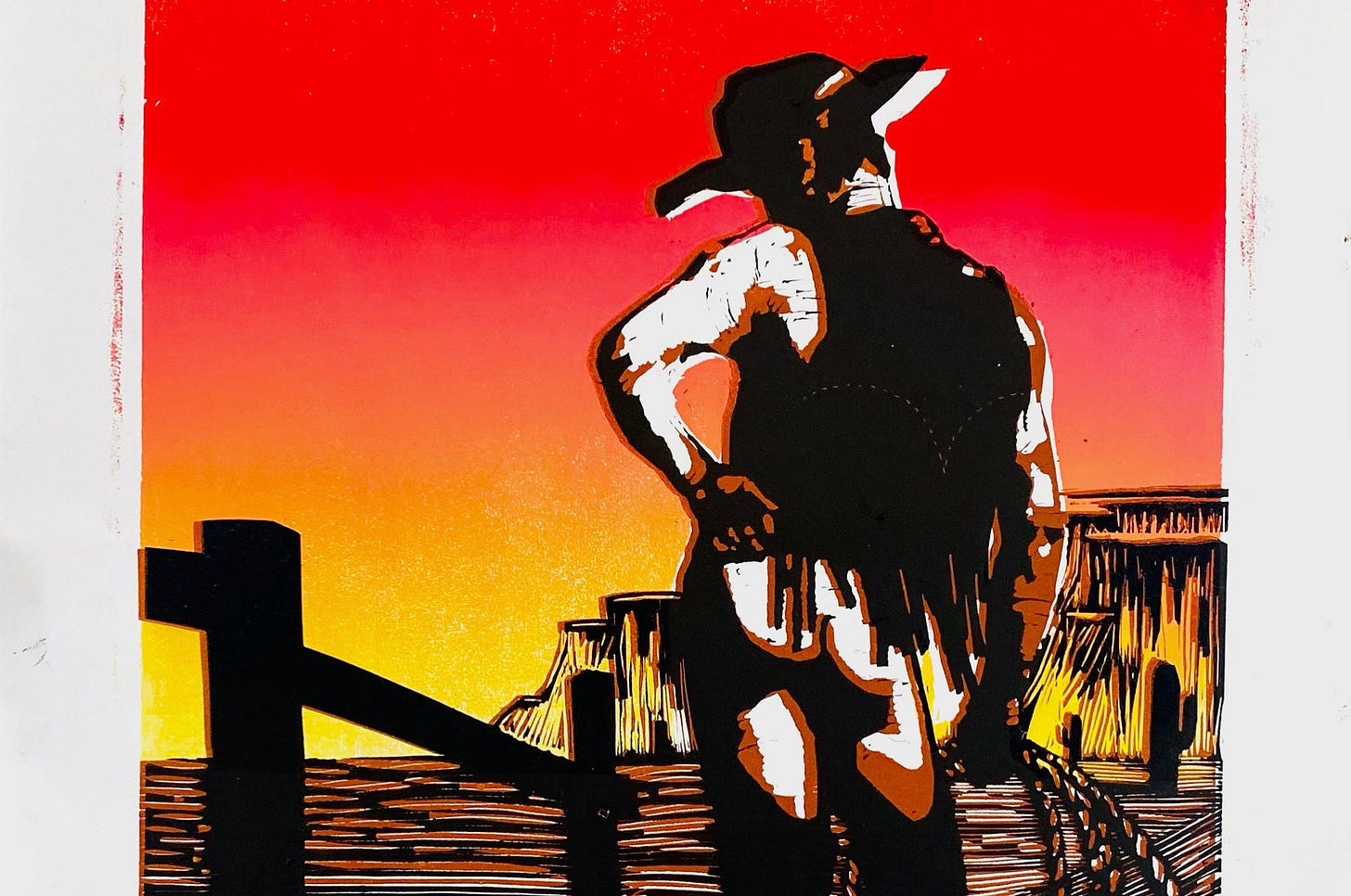
The fourth annual Kaleidoscope exhibition at Pontiac Creative Arts Center arrives at a moment when queer visibility feels both essential and precarious.
With 104 pieces from 56 LGBTQ+ artists now on display through July 23, visitors will encounter everything from vibrant oil paintings featuring queer intimacy to black-and-white photographs capturing raw vulnerability, traditional tattoo flash art reimagined as fine art and sculptural installations that challenge conventional gallery spaces. Taking a birds-eye view, it becomes impossible to describe the show in just a few words. The work includes a wide range of styles and artistic interpretations, but there is no doubt, an understood, if not always overtly stated, theme of “queer resistance” as the beating heart fueling the shared energy here.
Throughout the gallery space, delicate colored pencil drawings of tender moments between lovers intermingle with bold acrylic works featuring mythological figures surrounded by lotus flowers and mixed-media pieces incorporating everything from gold leaf to denim. These are pieces reflective of a challenging moment in our collective queer history, one defined as much by the diversity of the queer community as it is by one tie that increasingly binds us all together: survival. Despite the onslaught of LGBTQ+ targeting by the federal government since January, the queer community not only still exists, but thrives. Queer artists are creating works that reflect their lived experiences, from defiant statements to the quiet shared and solo moments that make up everyday life.
Derek Queen, secretary of Pontiac Creative Arts Center, said his team had a difficult time selecting the final pieces for the exhibit. "Our team was amazed by the amount of talent that we had gathered in our gallery," he said. "Curating which pieces to include from our submission pool was difficult because we only have so much space."
Queen particularly noted the breadth of work addressing gender identity and transition experiences. "We had many transgender and gender non-conforming artists included in this exhibit, and I'm delighted to feature various works that speak to their experiences."
Kaleidoscope’s timing feels deliberate, even if it wasn't planned that way. Current political attacks on LGBTQ+ rights have transformed what began as a Pride Month celebration into something more urgent. "While this exhibit is the Center’s way of celebrating LGBTQ+ artists during Pride Month, I personally view it as our form of protest too," Queen said. "Kaleidoscope reminds us how important visibility is in a time when others want to erase the community."
Following the opening reception on June 21, Pride Source spoke with six local artists featured in the exhibition about their work, their creative process and what it means to be visible as queer artists right now.
Chris Azzopardi
How does participating in Kaleidoscope feel especially meaningful right now?
Right now, queer people are being told — sometimes very loudly — that we don't belong. But Kaleidoscope is a space that says the opposite. My three pieces reflect what that kind of erasure feels like: the loneliness, the fear, and a dystopian feeling I've had to sit with. Still, there's power in choosing to take up space anyway — to say, “I'm here.”
What keeps you creating when the world feels hostile to queer existence?
Art has been essential to me in processing the world right now. In my piece "But This Used to Be My Home," which began from blots on a piece of paper that came out of me intuitively, the image of an animal having to flee slowly emerged. That image became metaphorical in so many ways: it speaks to immigrants being forced out of this country and disappearing, and to the feeling of having to abandon the idea of America as home — especially as a queer person. Creating that piece allowed me to hold all of that grief, fear and displacement in a way that felt true. It’s one of the ways I’ve found to keep going.
Since I was a kid, art has given me a way to process what I can't always, even as a journalist, put into words. Each piece in this show comes from something real I've felt — feeling left behind, feeling overwhelmed by the world. I'm grateful to stand alongside other LGBTQ+ artists and be part of something that celebrates our voices, especially now.
Note: Local queer artist Chris Azzopardi is the Pride Source Editorial Director.
Luca Holtyn
How does your work speak to the experience of claiming space as a queer person?
My two pieces in Kaleidoscope are very different. One is a traditional tattoo back piece titled "Battle Royale" that is a very old but popular design that many tattoo artists have recreated. As a trans person in a part of the tattoo industry that is built on tradition, it is important to me to learn and build off of the folks that came before me. I am here, I am a part of this community, and a part of the collective tattoo history. My second piece in Kaleidoscope is an illustrative black and gray portrait of four trans masc cowboys, titled "Outlaws." They're all posed in classic cowboy garb while holding repeater rifles.
With conservatism on the rise, being transgender or visibly transgender is slowly starting to be seen as a "crime." Some of the cowboys in my painting have top surgery and some do not. They are unapologetically themselves, do not hide themselves from the world and lean on each other for support. I created this work to claim space and say we are here, we are not going to change for anyone and we are going to fight for our right to survive.
What keeps you creating when the world feels hostile to queer existence?
Spite, for sure. While I love to create art because it fulfills me, feeds me and gives me a reason to move, spite has become a main motivational factor recently. There is nothing more empowering to me than painting hairy trans men with their boobs out, knowing that it would infuriate any Trumper that comes across it. I am free, and so proud of myself and my community, and no one will ever be able to take that away from us.
Emilia Nawrocki
How do you use your art to process experiences that might be difficult to express in other ways?
Growing up, I spent a large amount of my time isolated from others, whether from my family for being the black sheep or being ostracized at school for being abnormal — my queerness and neurodiversity weren't as well hidden as I had hoped. In this isolation came shame, pain and a lack of being understood or feeling seen for who I truly was. I took my thoughts and feelings that I didn't feel I could verbalize and began to express them through my artwork. Creating was like my diary, my safe space to authentically be myself, a true mirror reflecting my innermost self.
In my personal life, as I was rejecting the Catholicism and conservatism I was raised in, it naturally trickled into my work. I now often focus on themes and ideas of identity, autonomy, religious trauma and feminism through figurative storytelling including humor, irony, apes, childhood memories and mythology.
What do you hope viewers take away from seeing queer art in this moment?
I hope viewers, when seeing queer art, leave feeling empowered. The experiences and feelings of queer artists, represented through their work, are timeless and will continue to impact future generations. I believe that the art of queer folks can start conversations about sexuality, gender expression, self acceptance and political change, regardless if the viewers themselves are queer or not.
For the queer community, I want them to take away the simple fact that you and I are living evidence of resilience. Especially in the current political climate, queer people should find community amongst themselves and support each other through mutual aid. Queerness will outlive the organized religions and political institutions attempting to stamp it out.
Nicholas Overholt
Spectrum Award Recipient
How does participating in Kaleidoscope feel especially meaningful right now?
Being able to show work alongside so many talented artists is invigorating. It makes me want to be louder, to take up more space. Seeing so many of our queer family gathered together to celebrate the opening of Kaleidoscope reminds me how much strength we really have.
What keeps you creating when the world feels hostile to queer existence?
It sometimes feels like the only thing I'm capable of doing. Like there's something that needs to be extracted and manifested and shouted into the void. It's not difficult to notice the hatred chomping at the edges of everyday existence, especially now, but I think we have a duty to carve out space and protect one another. And I think that extends beyond just our queer family, to every marginalized community. Fascism's weakness is our shared resilience. I think making work that feels subversive in some way is like an affirmation of that notion. Radical or queer or whatever word we want to use is the antidote; it's so vital just to be and be seen right now — not to shrink ourselves.
Thiago Porraz
How does participating in Kaleidoscope feel especially meaningful right now?
Participating in queer-centered exhibitions in the current political climate is, to me, an act of resistance and survival. Creating art that is loud and unapologetically queer cements the fact that we are still here, that we always have been and always will be. We will not back down or minimize our true, authentic selves in the face of hate.
How do you use your art to process experiences that might be difficult to express in other ways?
As a neurodivergent queer person who grew up with a lot of trauma, many of my life experiences have been very isolating and difficult to talk about with those around me. Visual art provides me with a whole other language to communicate my experiences in ways other people can understand and relate to. One of my favorite aspects of art is the vastly different meanings people can see in a singular artwork; though my art may not communicate the specifics of an experience I went through, it communicates enough for me to feel seen and understood by the viewers who take time to look and understand. My hope is that these viewers also reflect their own experiences onto my work and feel seen and understood in return.
Gabrielle "Gabbi" Slocum
Prism Award Recipient
How does participating in Kaleidoscope feel especially meaningful right now?
Participating in Kaleidoscope amidst everything that's happening in our current political climate feels like catching my breath for once and a reminder that we're still here. It's really easy to get caught up in fear and feel like you can't be yourself right now as an LGBTQIA+ individual, especially in public spaces. Kaleidoscope empowers us to create a safe space and our art is a tangible reminder of how queer resistance will always continue and that we are still here.
What do you hope viewers take away from seeing queer art in this moment?
I hope when viewers see queer art in this moment they acknowledge it as an active act of resistance because right now a lot of what's occurring in our political climate and how it affects our lives is destructive. Therefore, the act of creating, representing ourselves and the community, taking up space, celebrating our joy and simply existing in this moment is vitally important. I hope it inspires them to make art themselves, learn about the community and protect these spaces where we can gather and share our art.
Kaleidoscope is on display at the Pontiac Cultural Arts Center (47 Williams St.) through July 23. Visit pontiacarts.square.site for more information.





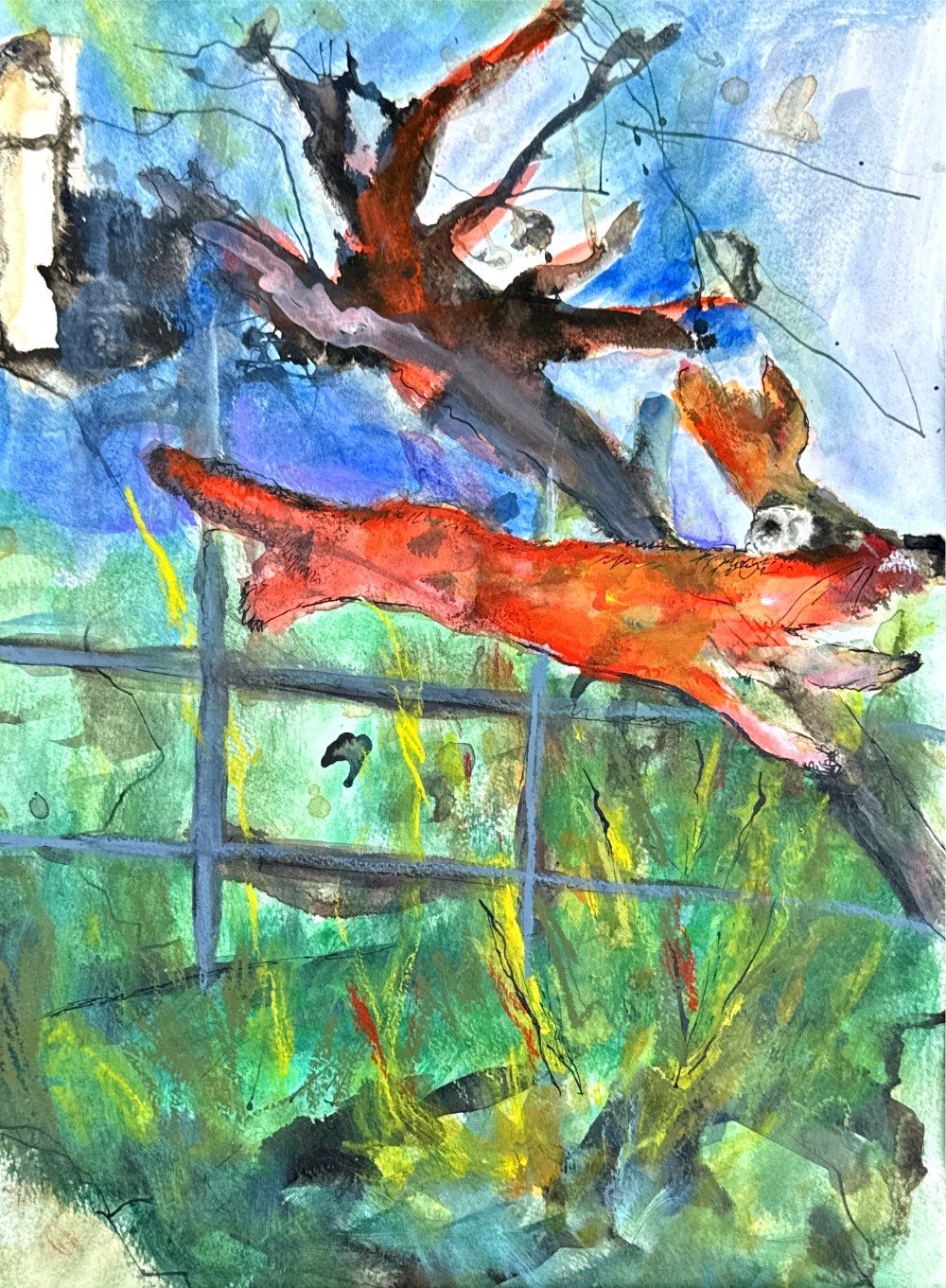
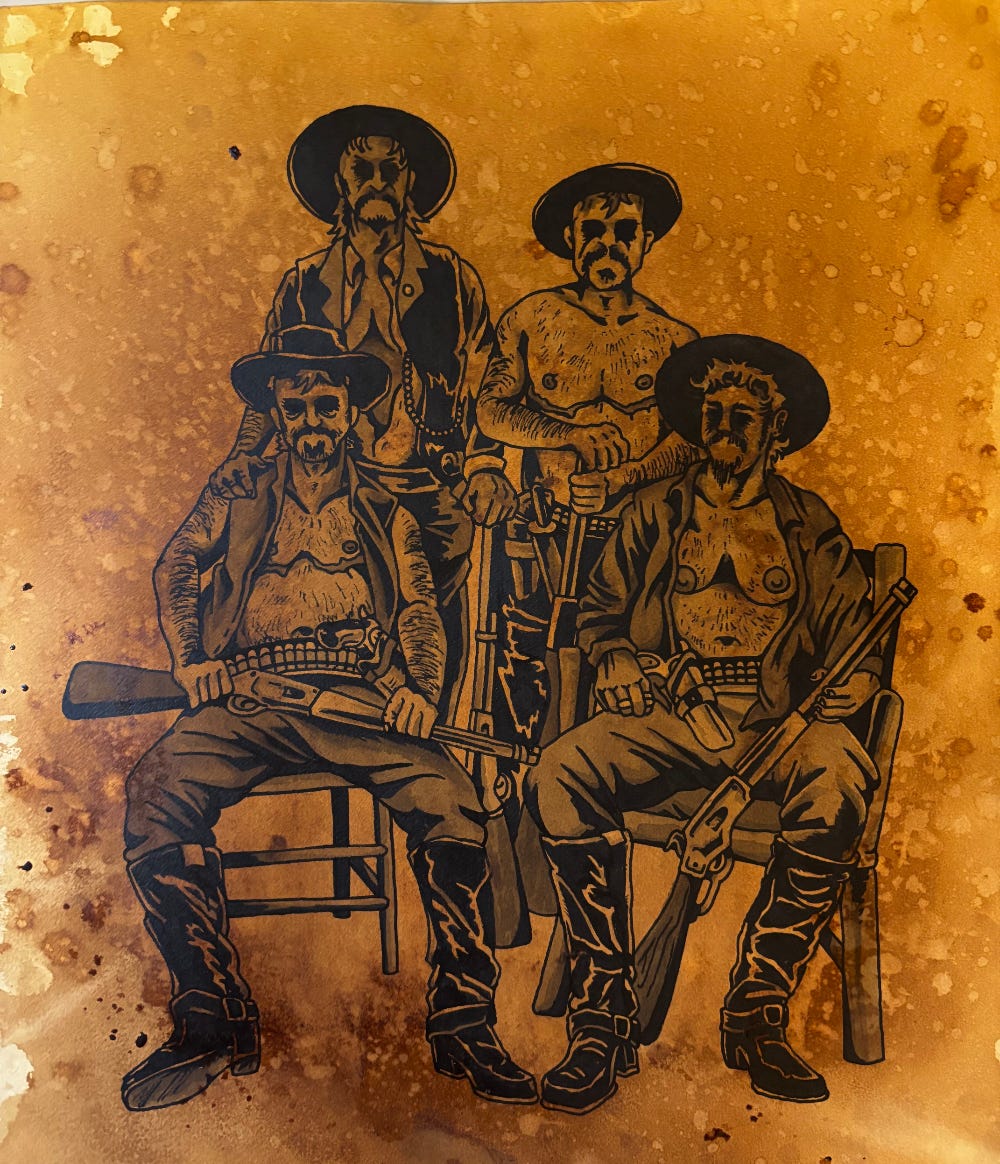
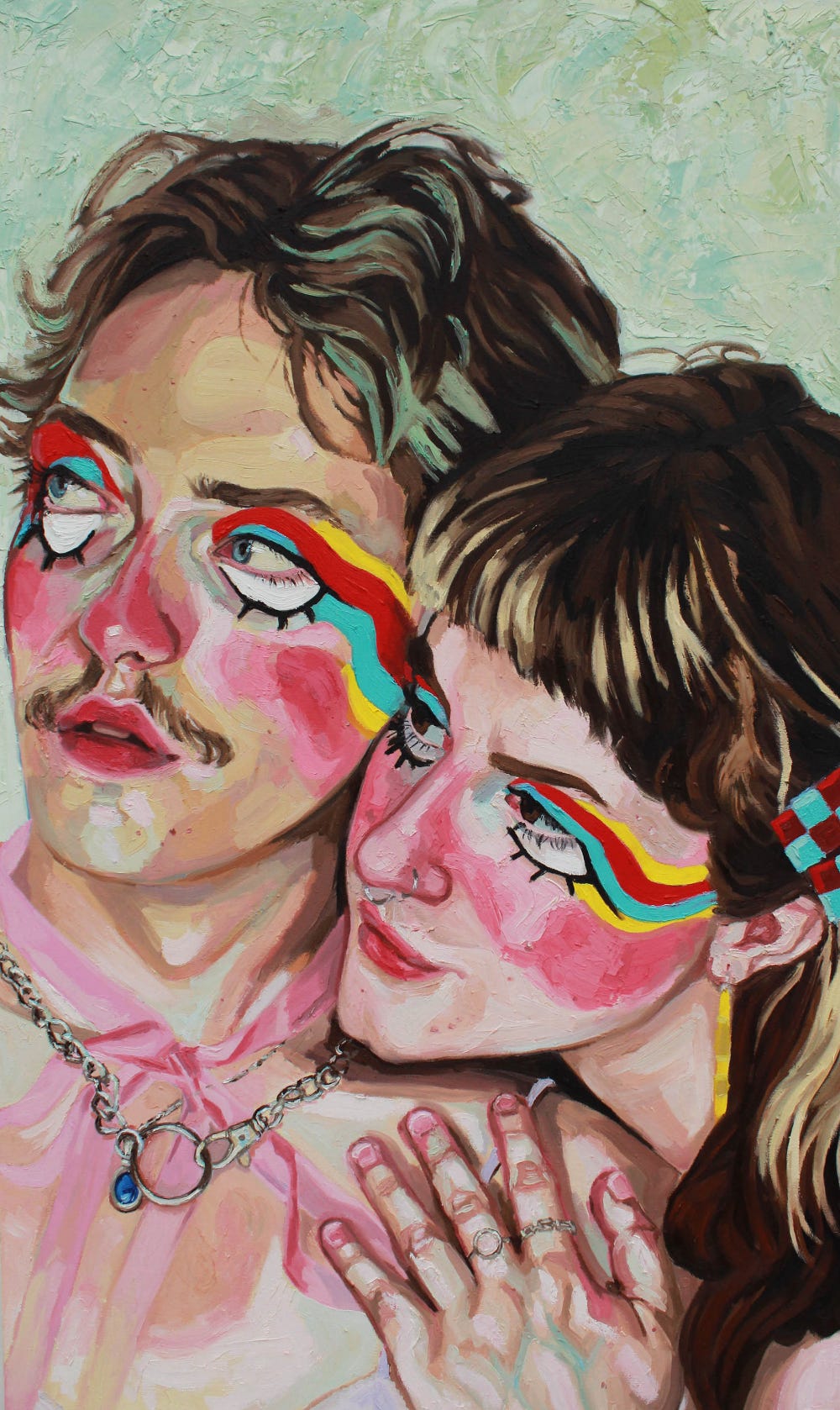
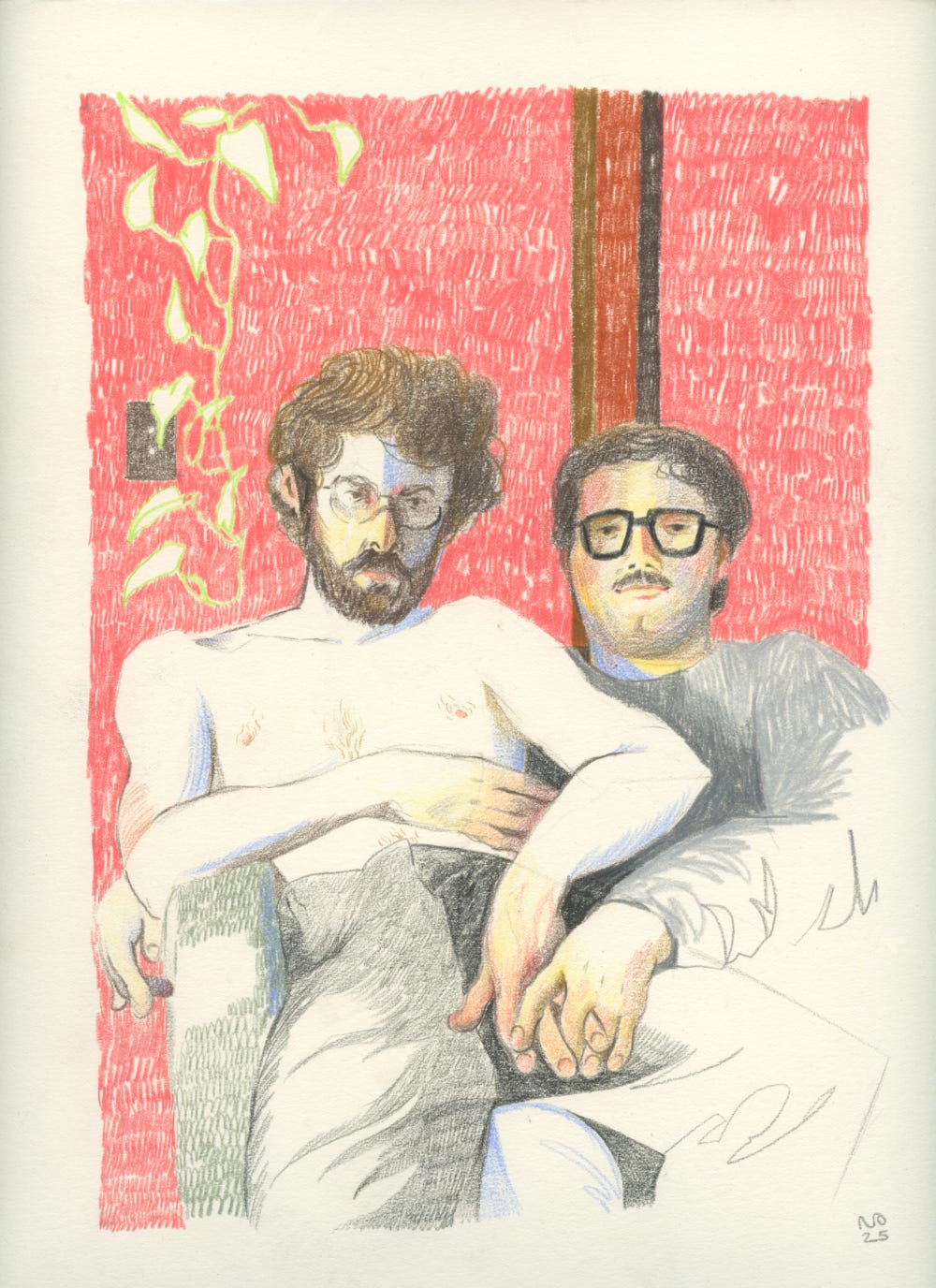
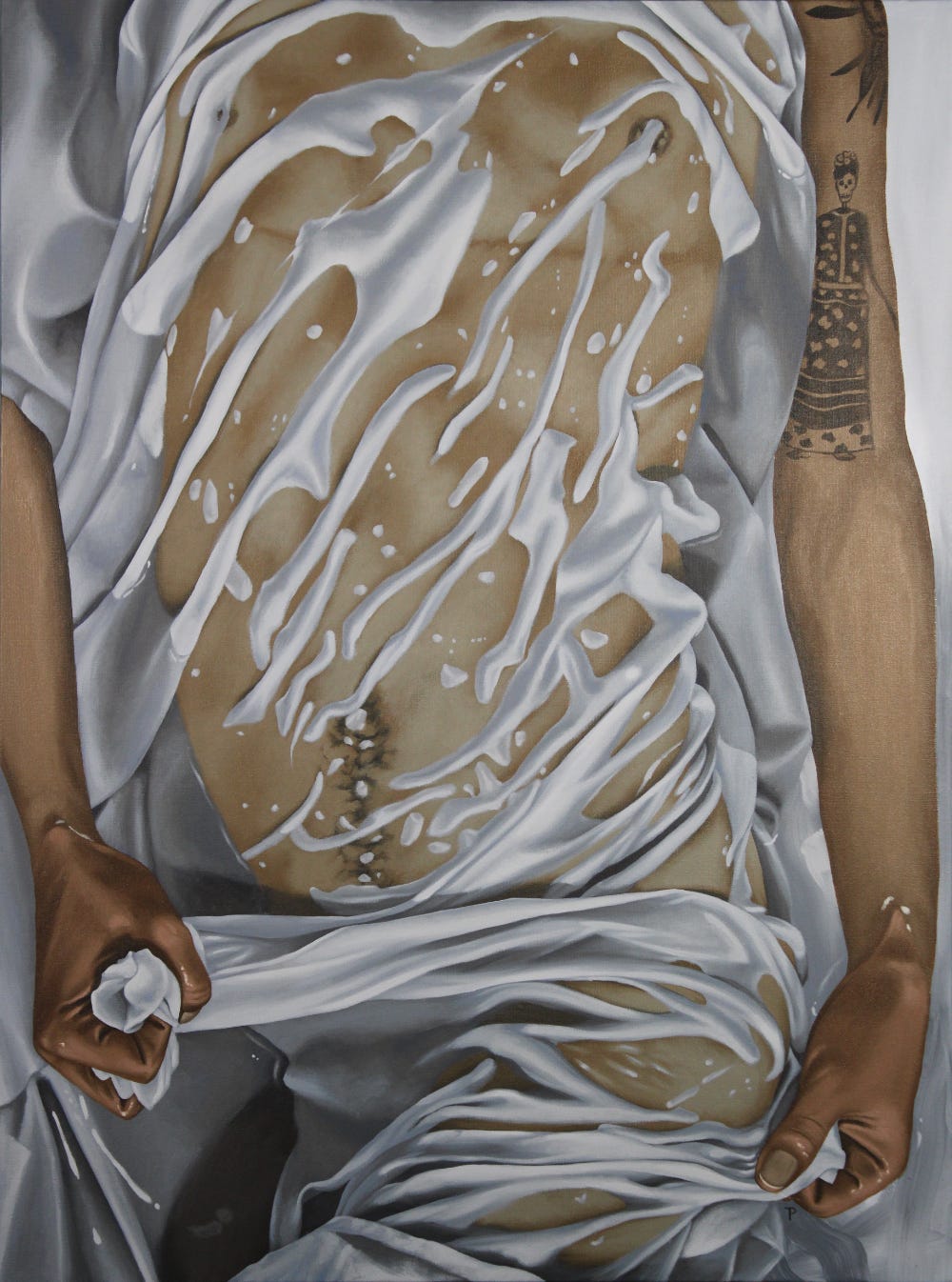
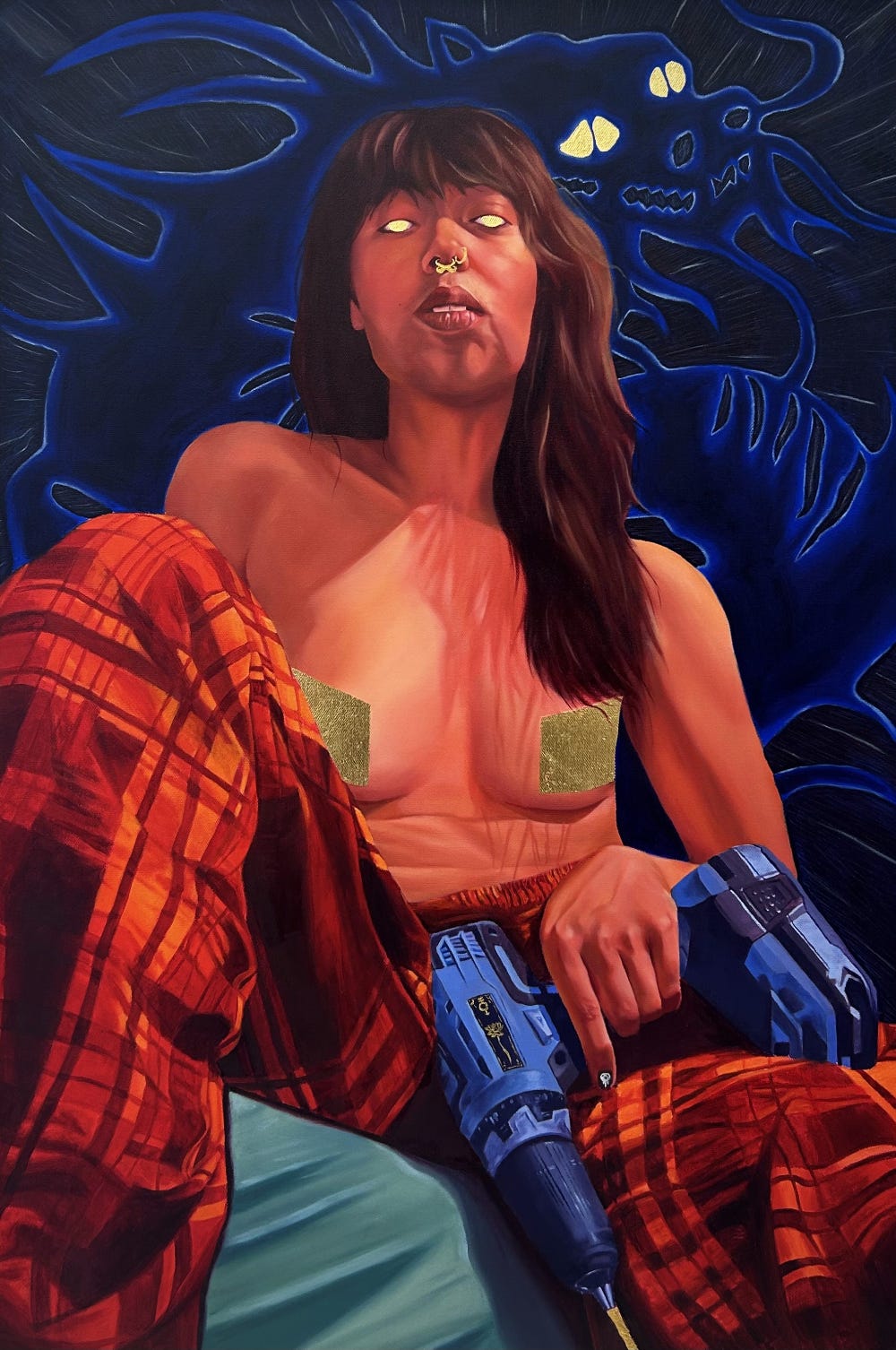
Great piece, I love that you interviewed these artists! It’s an honor to be in this show with such a talented group of queer artists. I feel empowered and encouraged and the strength we have together.